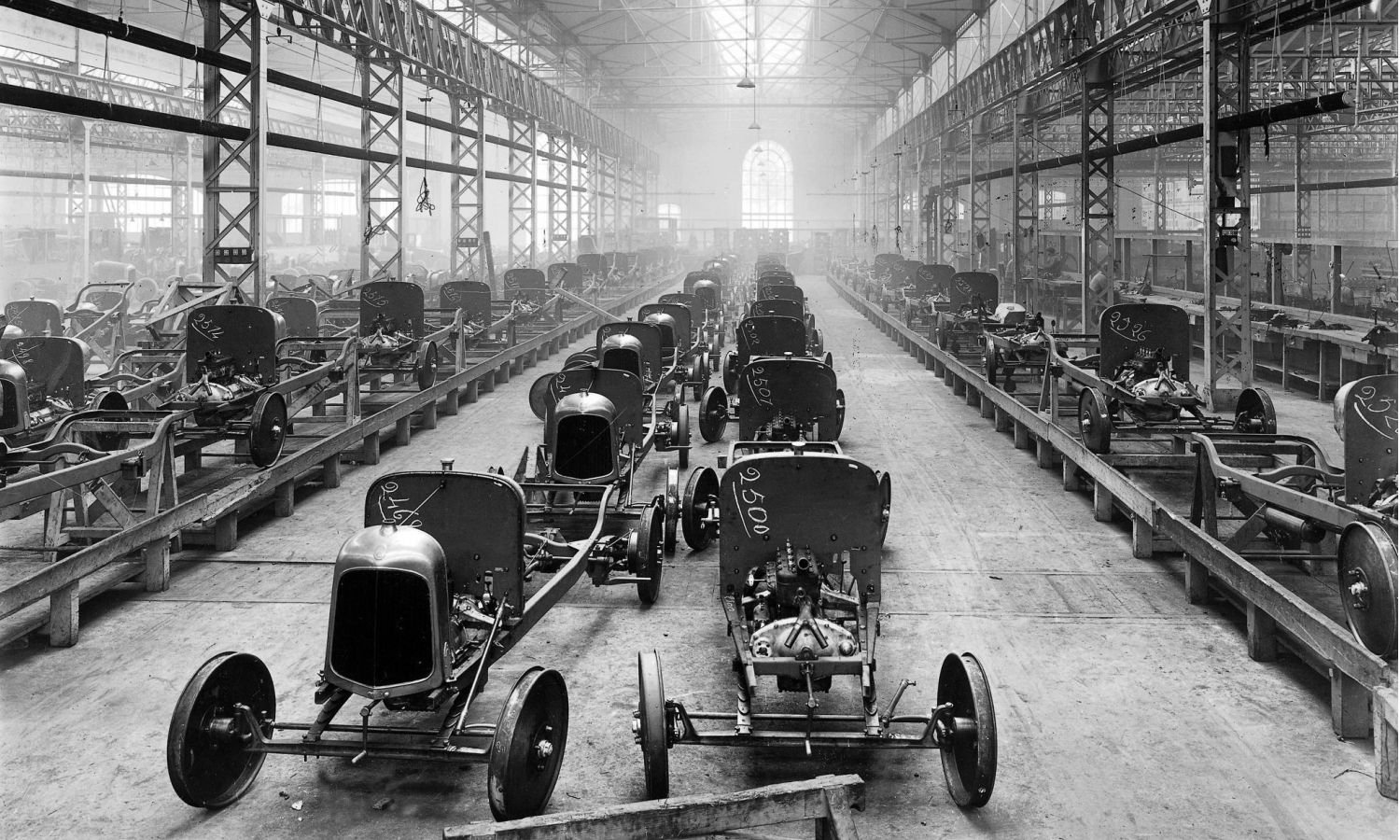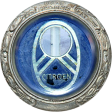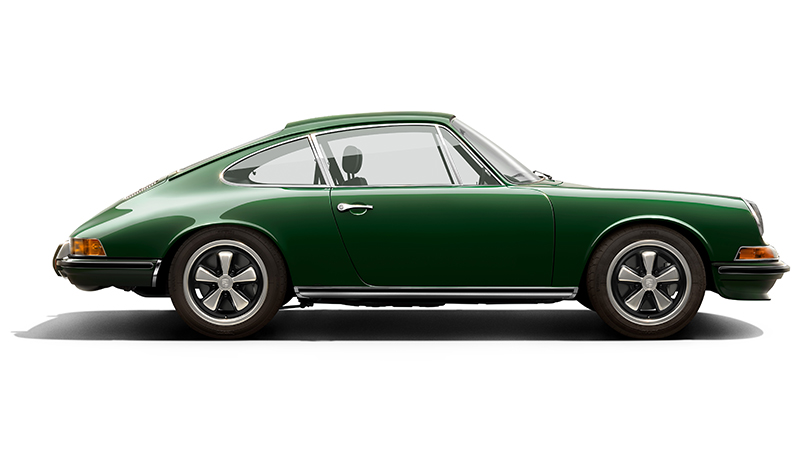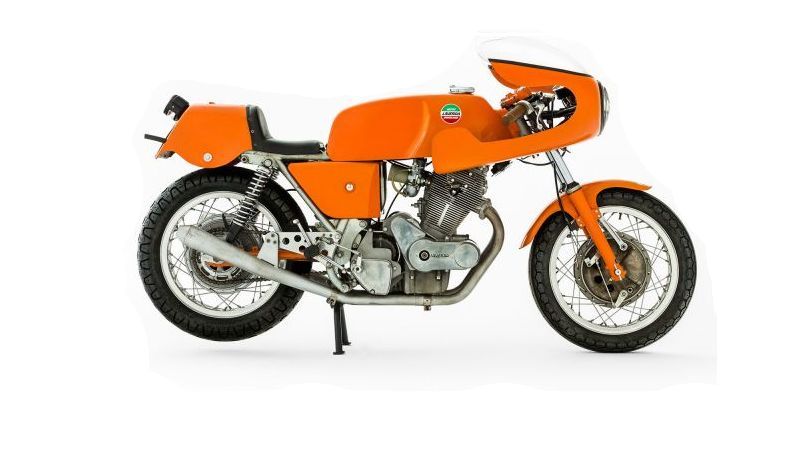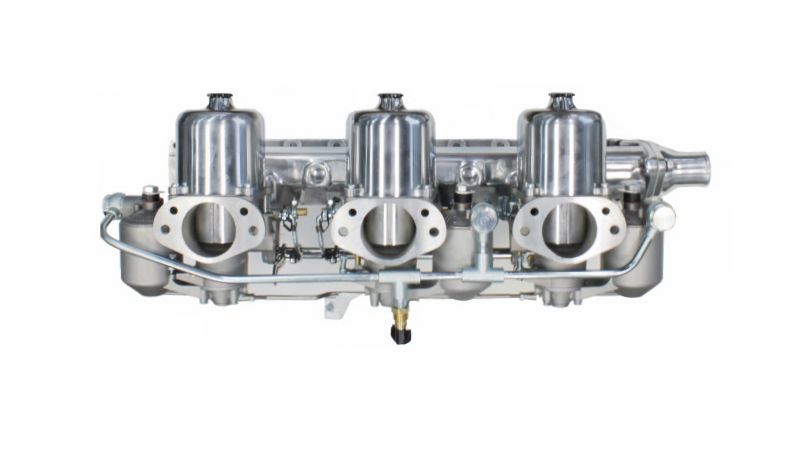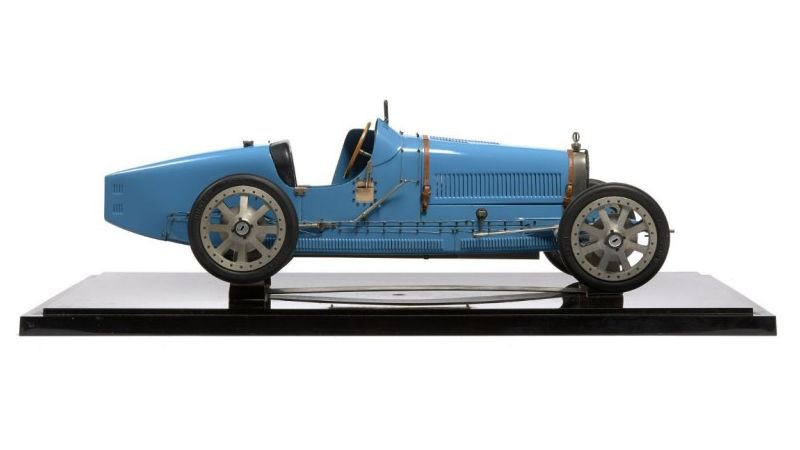Citroën Motor Cars
Technique d'Avant-Garde
Ask an average mechanically minded American what he would want a modern automobile to be like and the list of specifications would, no doubt, extend for many pages.
It would contain ideas that cancelled each other, like the precision cornering of a European sports car with the soft comfortable ride of an American limousine. It would ask for reasonable size, adequate power, and right on top of that a request for economy.
Power-assisted controls might top the list to make things simpler for the ladies, and safety features would surely follow. Reliability is necessary, and if our man were allowed to ponder a bit longer he might want a car that could travel swiftly over super highways and then take to the fields like a Jeep!
This list would be a tall order, almost specifying a dream car, and many an automobile manufacturer would wince at the magnitude of the technical research, to say nothing of the final price. An automobile cannot be made to please everyone, and so some models are designed for specific needs while others strike a general compromise.
But leave it to the French! They tried to make an "all in one" car in the Citroën, a car that would satisfy the luxury lovers, the performance pundits, and the economy minded.
It may be that they have succeeded, for the modern DS-19 Citroën is the most amazingly different passenger car to be offered to the public in many years.
Special attention was paid to the suspension, a unique air-oil system which operates from a central pump. Each wheel has an air and oil filled cylinder mounted on a lever arm that actuates a valve. When a particular wheel hits a bump the valve meters an exact flow of additional oil into the cylinder. The compressibility of the air provides the springiness and absorbs the shock without transmitting it to the body.
Thus each corner of the car can analyze the road condition and compensate for inequalities. Even on a rough road a DS-19 will ride so stably that one can write a letter against the dashboard.
But the greatest feature of the suspension lies in the ability to adjust the ground clearance. The body of the car can be raised, by the touch of a lever, from 31h inches all the way to a truck-sized level of almost 13 inches above the road. Ditches, rutted country roads, and snowbanks are no problem for this Citroën and the car maintains its height regardless of the load inside.
In addition to the smooth Americanstyle ride, the driver never needs to physically jack the car to change a wheel. He merely raises the body hydraulically, slips the jack underneath, and lowers the car onto the support.
The Citroën company produced its first practical front-wheel drive in 1934, a year in which they also introduced torsion bars, a unitized body, and a dashboard gear shift. It was a revolution in auto motive design and the 1934 Citroëns were so reliable that they were made without major changes for over 20 years.
Front-wheel drive solves many problems. Traction is marvelous, especially in snow or mud. The DS-19 can pull itself over terrain that only a Jeep can negotiate and takes high speed corners in true sports car fashion. Another bonus is the absence of a drive shaft to hump the floor, which also creates more room for a trunk in the rear.
The high speed stability of the front-wheel drive Citroën has given rise to a French legend. Should you run a DS-19 over a cliff into thin air, they say, have no fear, the front wheel drive will pull you to safety.
For the power minded the car supplies hydraulic-assisted rack and pinion steering, air cooled power-assisted disk brakes and an automatic clutch that enables the driver to retain control of the gear ratio.
Under the hood the spare tire protects the radiator and fan, and the brake reservoir has a self-refilling device. The entire machine, hydraulic pumps and all, is driven by a two liter engine, which is an up to date version of the fabulous 1934 model.
The interior is plush, but also safety designed. The unique onespoke steering wheel is engineered to slide the drive to one side in the event of a crash instead of impaling him. The windshield will pop out before shattering if one is thrown into it, and compressible plastic on the dash will absorb human impact.
For the gadget minded, Citroën has supplied a device to gladden the hearts of all of us who have had windshield wipers break down in a rainstorm. Under the dash is a handle and the driver or his passenger can merrily crank the wipers back and forth by hand!
Another bit of tricky engineering is a smooth aluminum pan along the bottom of the car which is calculated to produce a low pressure area at high speeds. This forces the machine to hug the road even more securely.
The history of this car began in 1919 when André Citroën, a mechanical engineer who perfected the herringbone gear, decided to build cars. Many other men were going into the same business in that period, but André Citroën was not concerned about competition. He was determined to build a solid, reliable car that would sell reasonably.
He succeeded because he introduced American mass production techniques for the first time in the European automobile industry. He is now known as the the Henry Ford of France. Like Henry Ford he resolved to design a basic model that could be produced for many years.
In addition, he wanted a car that a purchaser could use for a long time, since the majority of French citizens could not afford to change cars periodically. His skill as a precision engineer was reflected in the early cars, and today a 1928 Citroën is still giving service after having started life as a Paris taxicab. Still being driven by the original owner, this car claims more than two and a half million miles!
In 1955 the Citroën firm quietly discarded their older classic model and introduced the revolutionary DS-19. The technical improvements met with favor from both the public and experts, but the body design started controversy. It was a radical change from the classic style, and quite different from the blunt-nosed American cars.
People either love the Citroën or detest it; there seems to be no middle ground. Yet many experts have called it a graceful automobile, functionally designed to house its components and passengers. But while the discussion continues, the Citroën is making a name for itself. In 1959 it won the Rally Championship proving the ruggedness and reliability of the mechanical design. Many are appearing on American roads with the owners reveling in the many fine appointments and powered devices.
The line of Citroën cars keeps expanding. The ID-19 joined the DS-19, and a station wagon was also added to the line. As the large luxury models caught on, a new small car was on the drawing boards planned to compete with Renault and Volkswagen. It was predicted that this little machine would have a revolutionary suspension for its size.
Whatever its qualities, it was sure to be a different car, and an advanced car, because the Citroën engineers are patient men. They work for many years on a new development and never feel the pressure of having to bring out new models periodically. They know that their previous design is good enough to last.
We are looking for the following cars. If you do have any of the below listed vehicles - and you are ready to sell - please Contact Us.
| Traction Avant |
|---|
| Coupé |
| Convertible |
| Saloon |
| DS/ID |
| Chapron |
| Le Paris |
| Caddy |
| Lorraine |
| Le Dandy |
| Palm Beach |
| SM |
| Chapron |
| My Lord |
| Opera |
We buy, sell, broker, locate, consign and appraise exceptional classic, sports and collector Citroëns'
Contact us when you are serious about buying a fine Citroën Motor Car or to arrange a free and confidential valuation with a view to selling.
